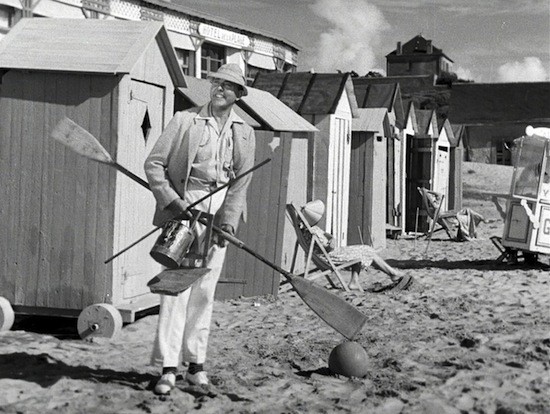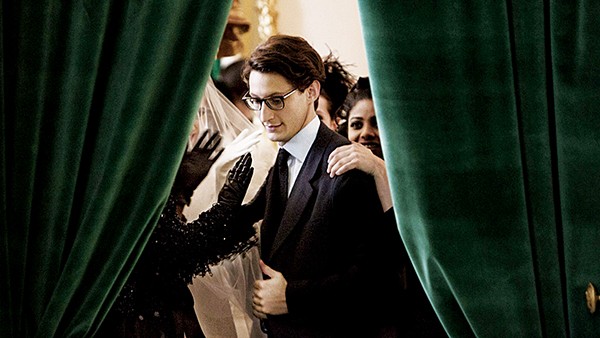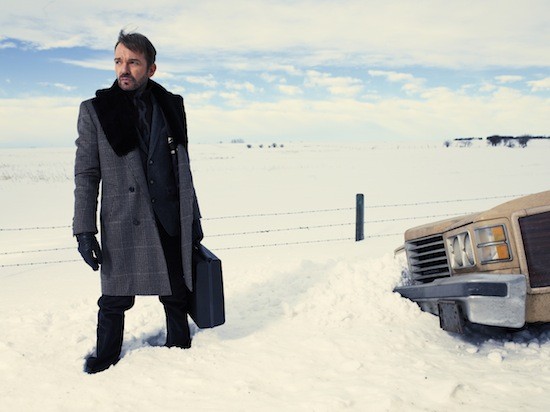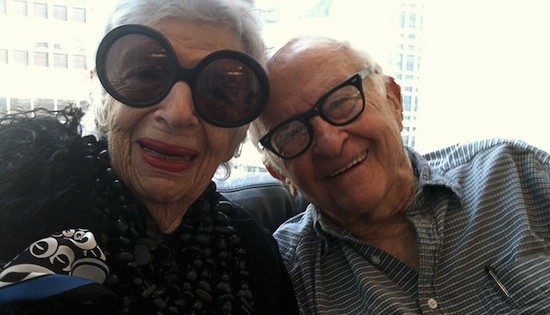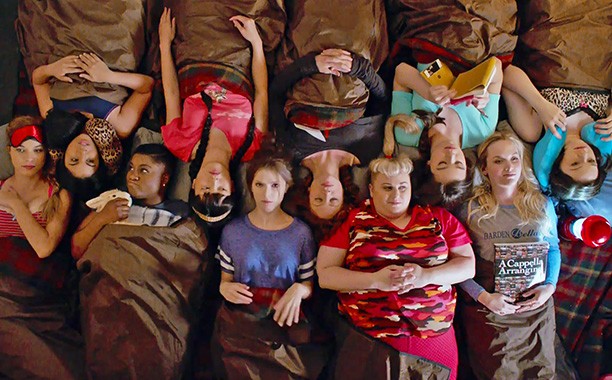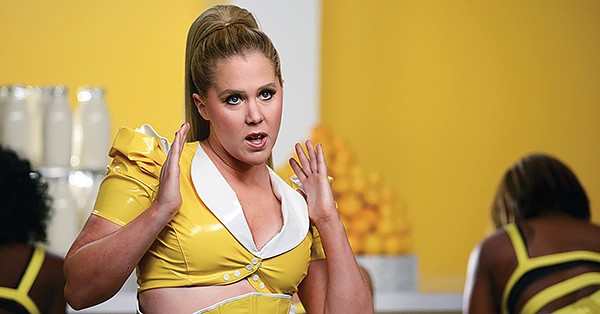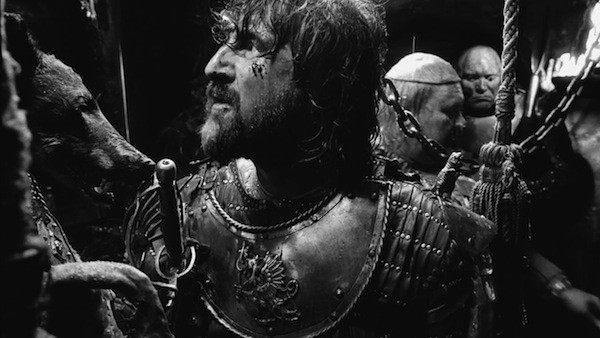
Hard to Be A God (2014; dir. Aleksei German)—You’re probably gonna need some strong coffee and a long, hot shower after this one. German’s fifth and final film—a pessimistic reimagining of Arkady and Boris Strugatsky’s SF novel about a Russian historian (Leonid Yarmolnik) sent to a parallel Earth that’s stuck in the Middle Ages because the Renaissance never happened—is less a movie than a compendious, punishing sensory assault designed to show that humanity is the lowliest, crudest, most pathetic life form in the cosmos. The sounds of struggle and survival frequently overtake the perambulations of its main character: with two crucial exceptions, the soundtrack is dominated by a ceaseless concerto of sniffling, coughing, puking, pissing, farting, moaning and wailing. The visuals are equally dense and alienating: aside from the Russian historian’s inexplicably white shirt, everything else worn or seen is tainted by sweat, saliva, mucus, rain, mud, sleet and snow. Garbage, fetid mists, animal carcasses and human entrails drape the screen, fog the camera lens and foul up the many persecutions and power struggles that drive the film’s plot.
So here’s where I try to convince you that Hard To Be A God is great, because I think it is. First, that endlessly variegated and phantasmagoric production design sets it apart from nearly every other recent SF or fantasy film I’ve seen. The tactile, fetid universe German and his collaborators fashioned looks nothing like the depthless, sanitized, CGI-heavy landscapes that blight everything from The Hobbit to Avengers: Age of Ultron. Second, German’s philosophical and social criticisms do emerge from the muck after a while, although they are hard to recognize at first. In spite of the misery it put me through and the revulsion and despair it conjured up—or maybe because of those things—I’m really glad I saw it in a theater; as soon as I finish the Strugatskys’ novel, I’m going to enter its universe again. And because Hard to Be A God is now available on numerous instant video platforms, you can do the same.
Grade: A
